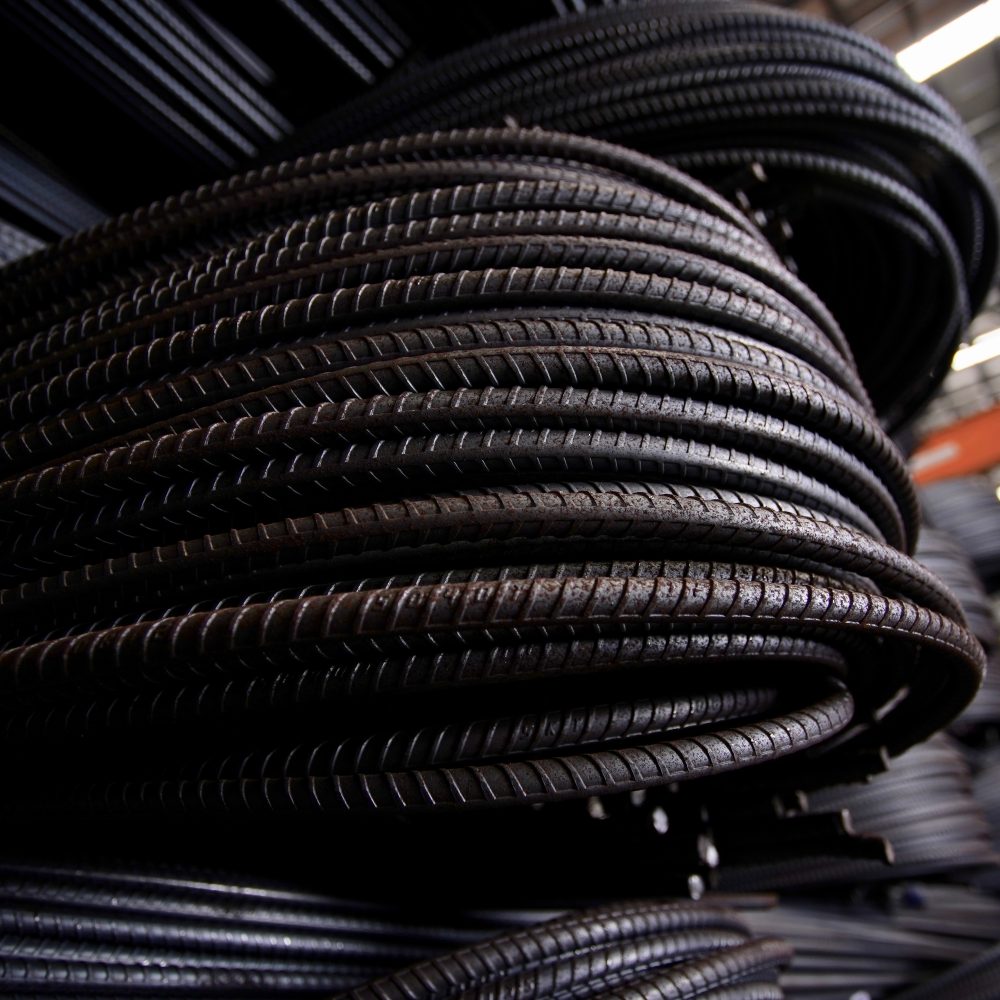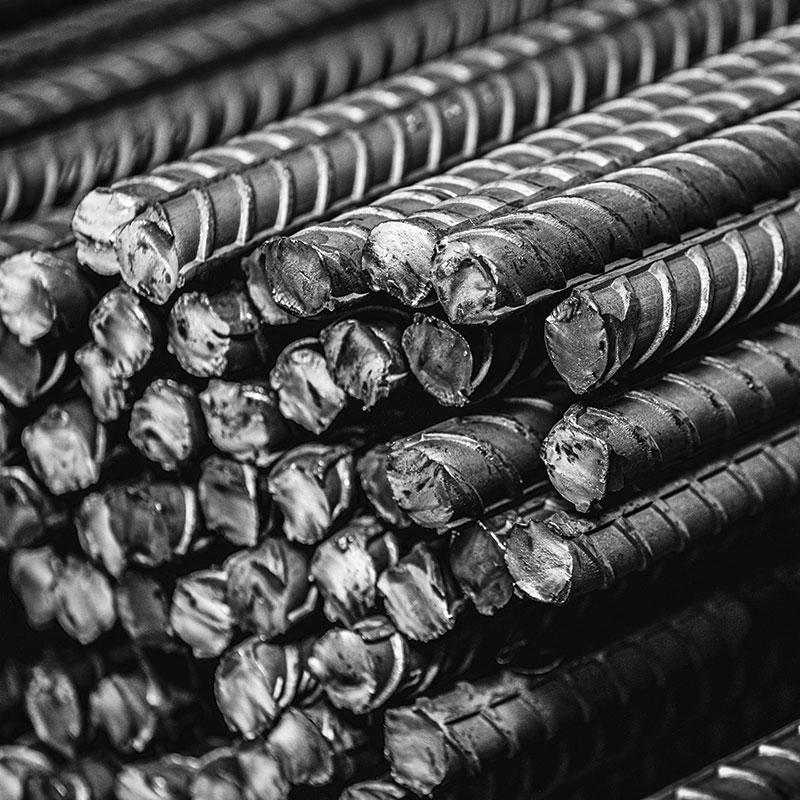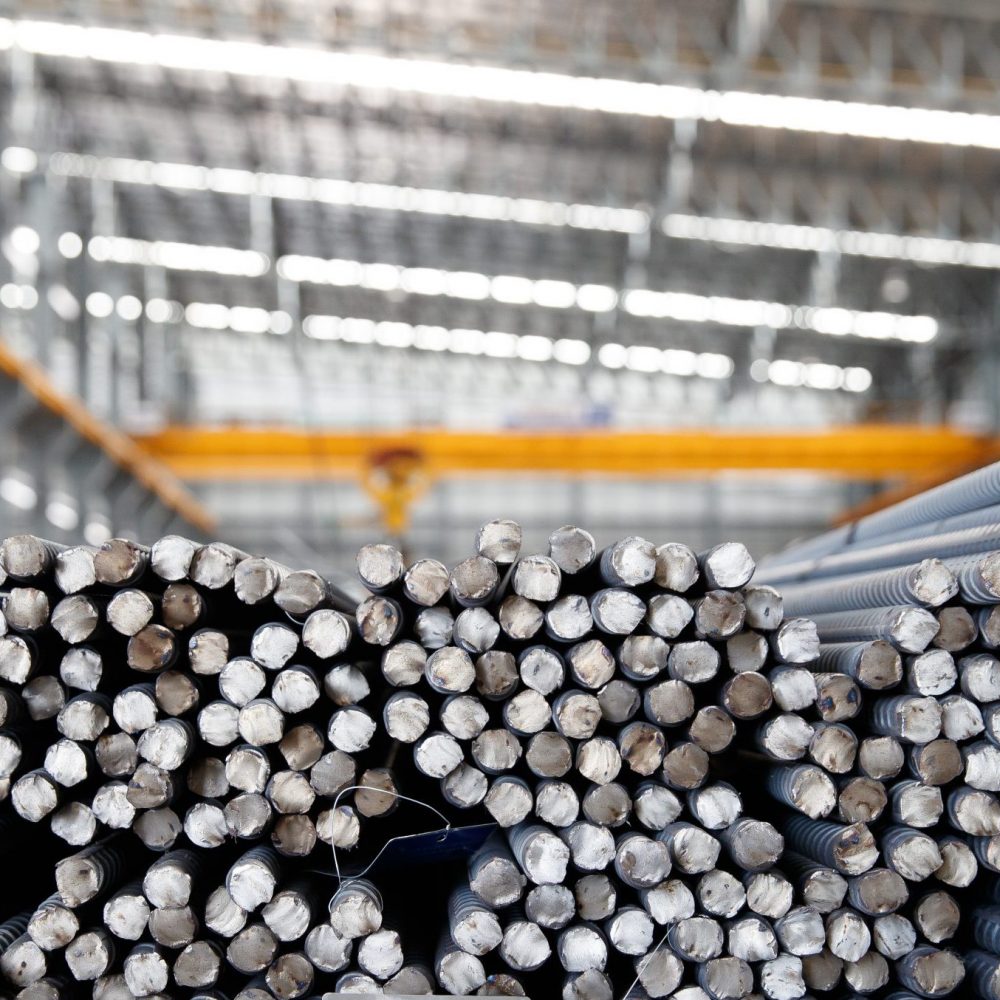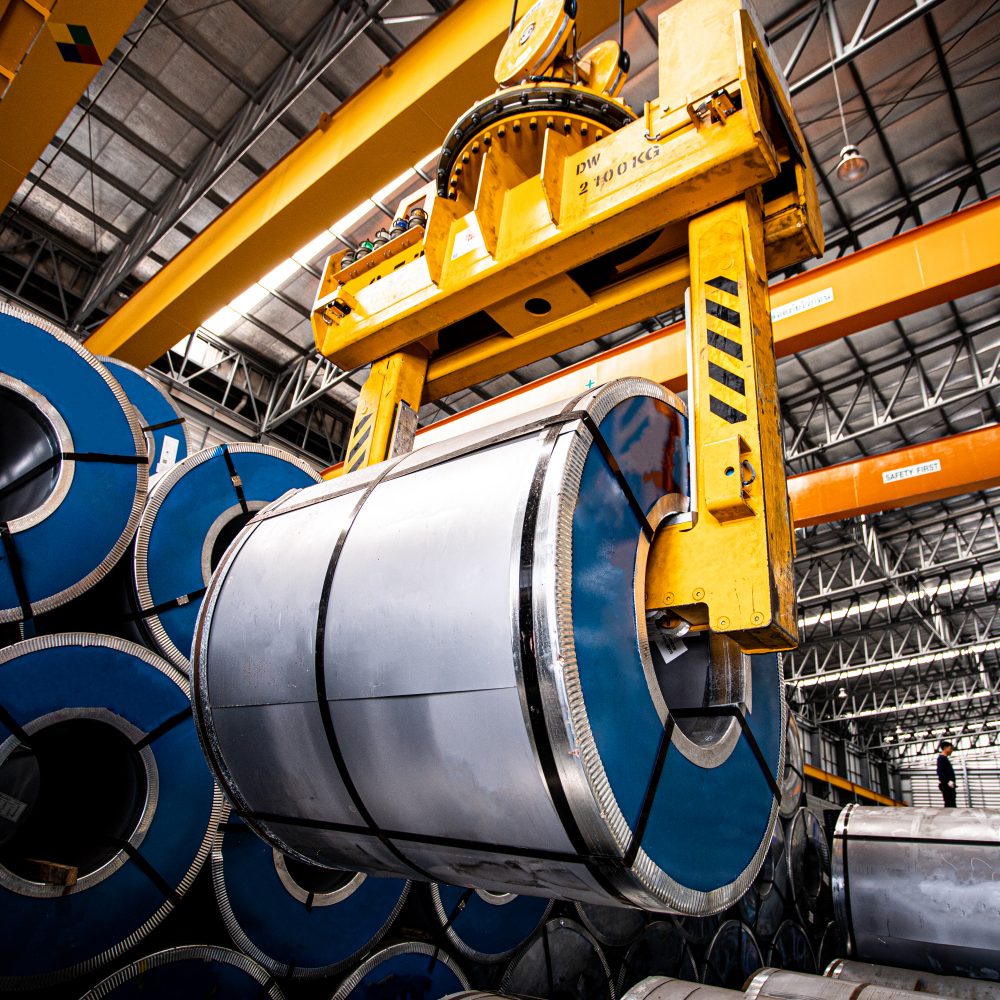Steel is widely used in various industrial works due to its durability and low cost. However, it has a rusting issue that can cause unimaginable dire life and property consequences. There are currently three well-known methods used to reduce and prevent rust.
1. Coating
• Rust-resistant foam spraying.
• Rust-resistant spraying/painting.
• Zinc plating, electro-plated galvanization.
• Hot-dip galvanization
• Other plating methods such as tin plating
2. Making stainless steel
Rust-resistant stainless steel includes additional materials, such as nickel (Ni) and chromium (Cr), that form the film-like thinness above the production surface. The coated layer helps preserve the steel from direct exposure.
3. Using electric current technology
Stainless steel has a higher electric potential than its surroundings, which allows it to preserve and enhance electrons, giving it rust and corrosion-resistant properties.
• Advantage: This method can be employed under any environmental conditions.
• Disadvantage: This method is expensive and is suitable for projects with corrosive environments, such as pipelines in the offshore and the subsea oil and gas industry.
The most popular usage of rust-resistant methods in industrial works is coating, as it is the cheaper and much more convenient than other methods. The hot-dip galvanized process is the best choice because of its low cost, high durability, and longer life cycle of up to 50 years, which is higher than the life cycles of other coating types. The method’s usage is likely to increase, as it is well-received within industrial operations.



